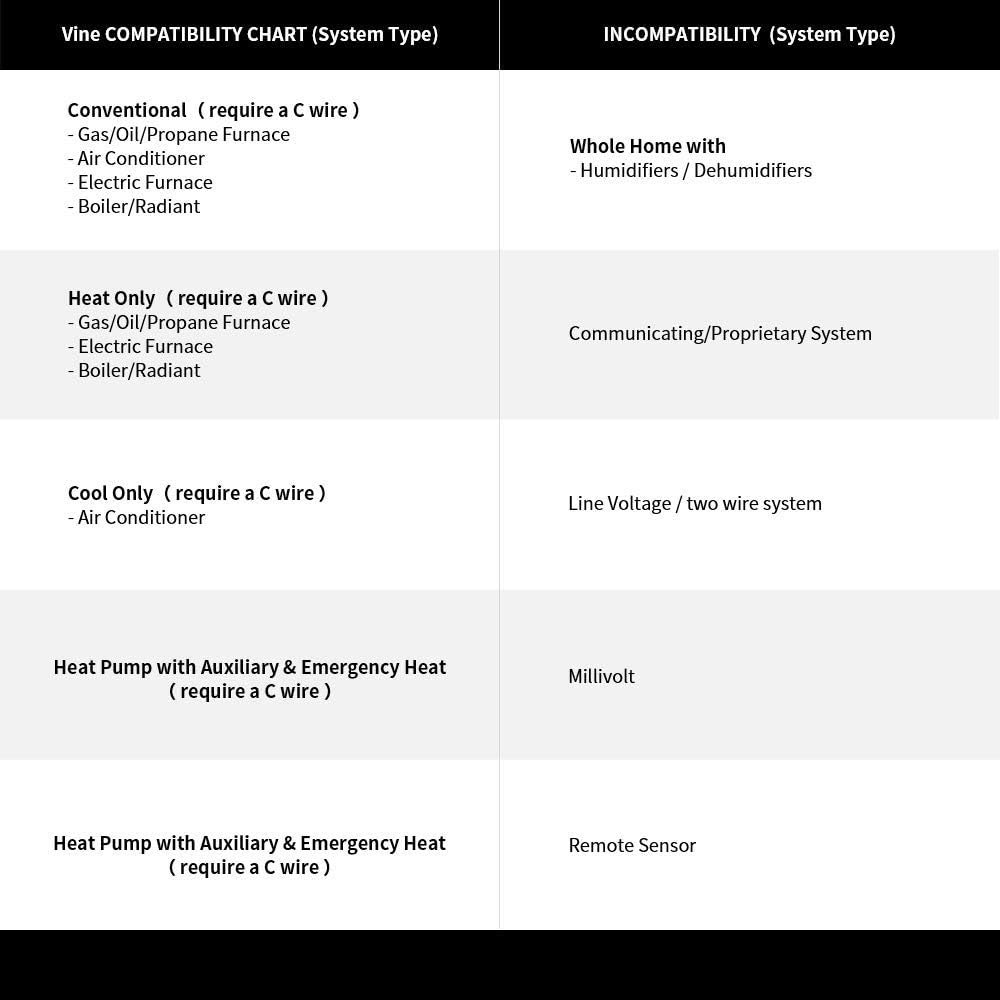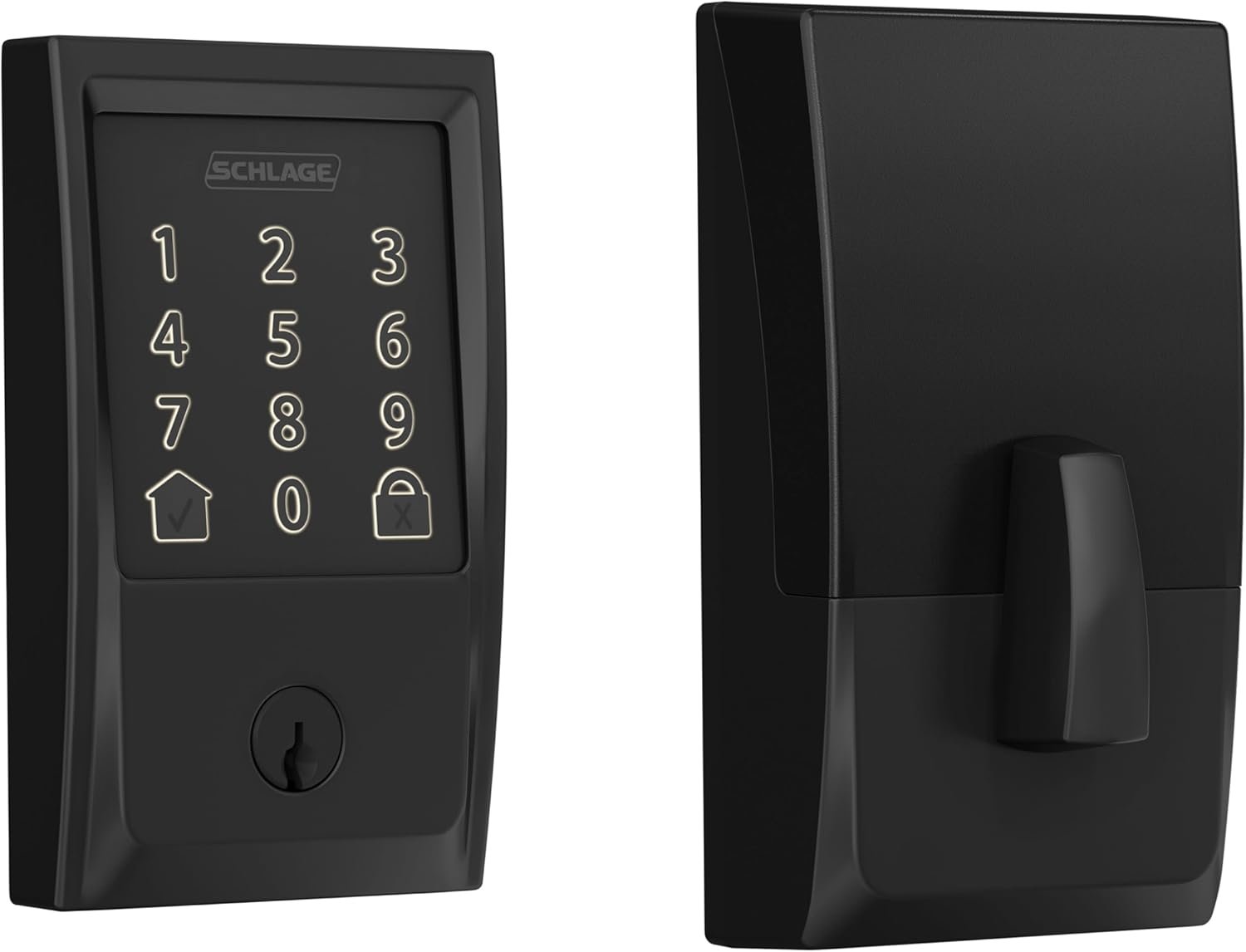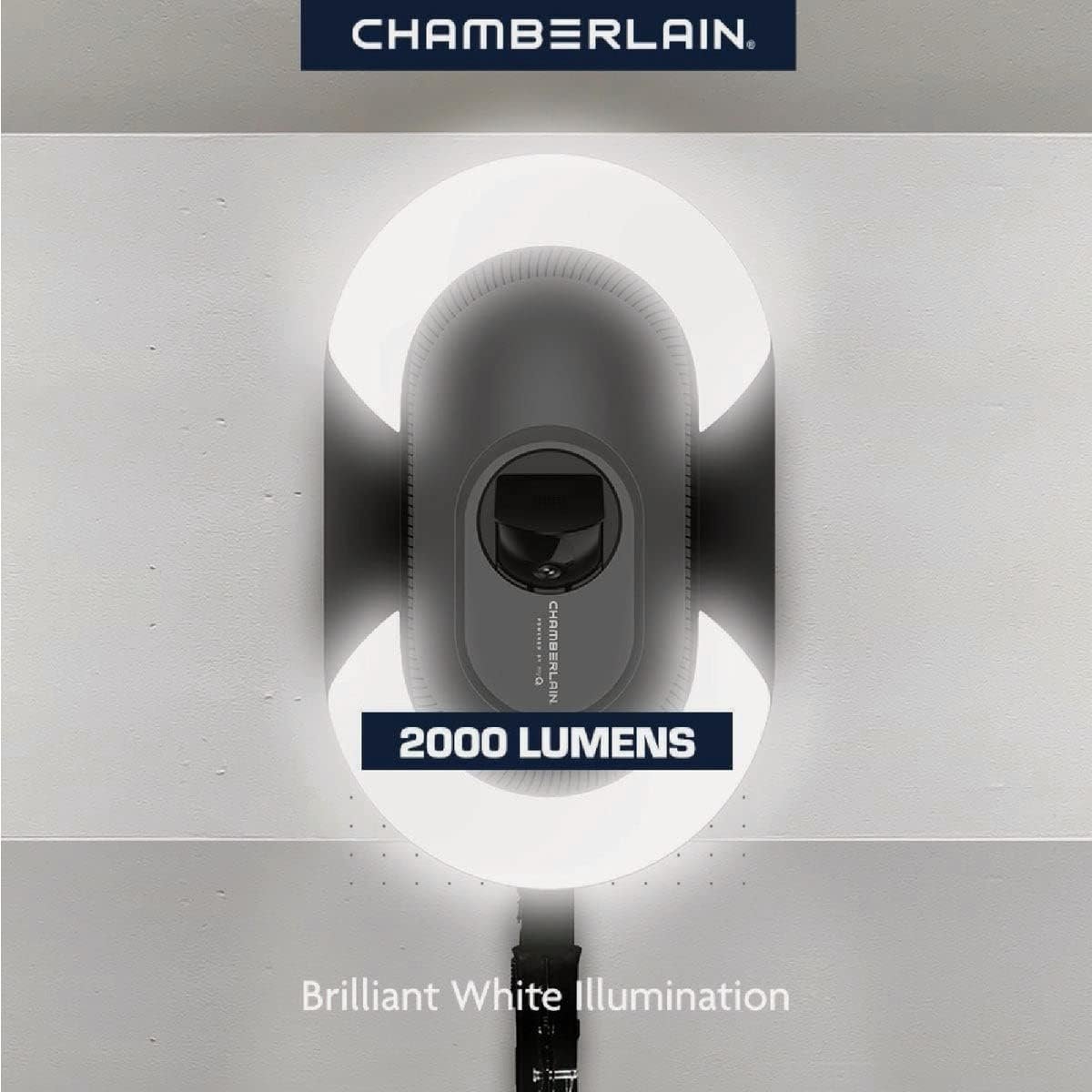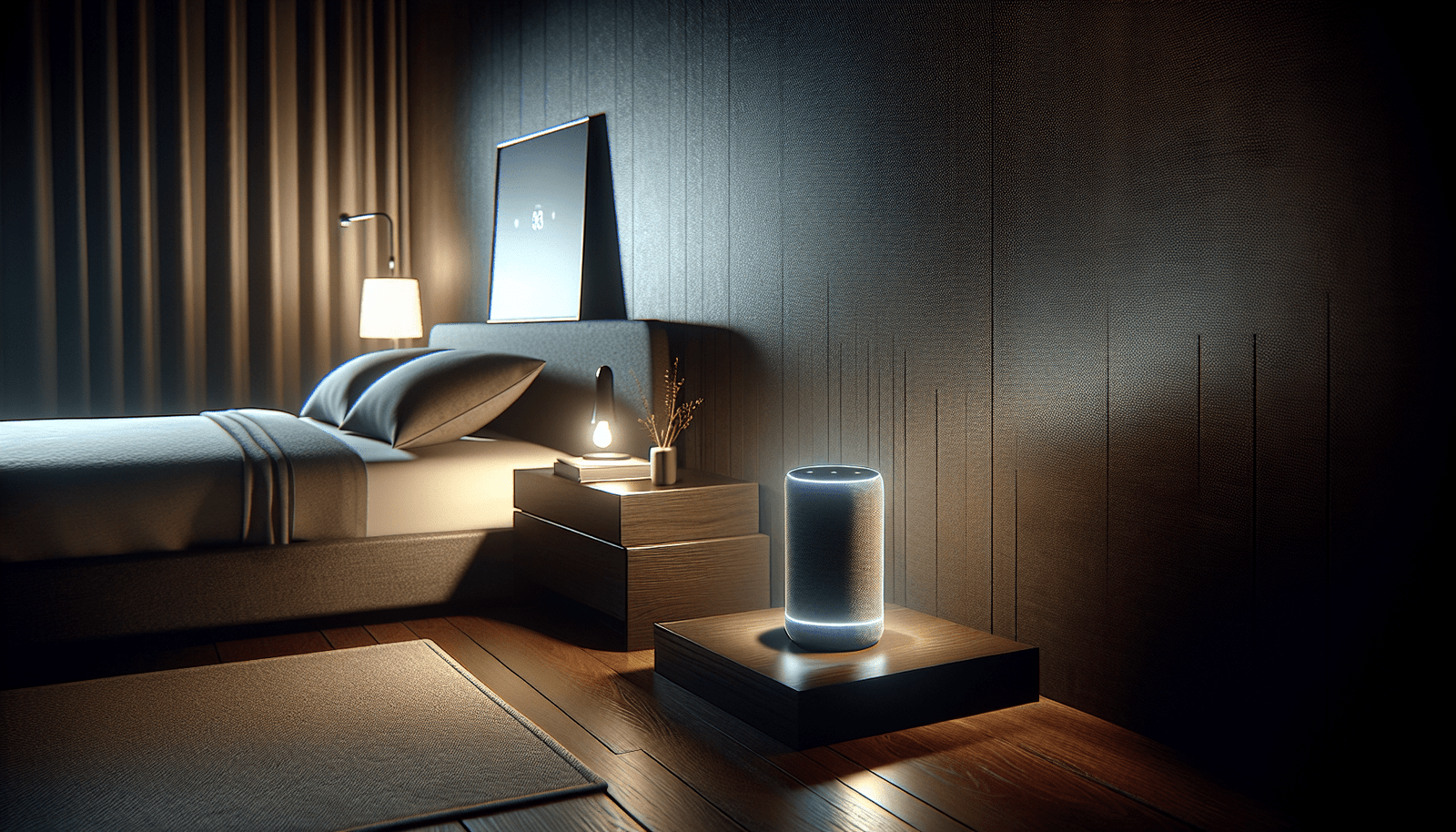Have you ever wondered how integrating smart home technology might influence the value of your property? Whether you’re a homeowner curious about upgrading, a renter seeking flexible solutions, or a tech enthusiast eager to incorporate the latest gadgets into daily life, the world of smart home technology has something to offer. As this innovative trend continues to gain traction, it doesn’t just promise enhanced convenience and security; it also plays a pivotal role in the real estate market by potentially boosting property values. Let’s explore how this cutting-edge technology is shaping the landscape of homeownership and investment.

What is Smart Home Technology?
Smart home technology refers to a collection of devices and systems that can automate and control various aspects of your living environment. These devices are designed to enhance convenience, security, and energy efficiency by allowing you to manage them remotely, often through a smartphone app or voice commands.
Popular Smart Home Devices
The range of smart home devices available today is extensive and continually growing. Here are some popular categories:
- Smart Lighting: Adjust brightness and color remotely or set schedules to save energy.
- Smart Thermostats: Control your home’s temperature from anywhere, optimizing energy use and comfort.
- Smart Security Systems: Monitor your home with cameras, sensors, and alarms that send alerts to your devices.
- Smart Speakers and Assistants: Use voice commands to control smart devices, play music, or get information.
- Smart Appliances: From refrigerators to washing machines, these can be programmed and monitored for efficiency.
These devices not only enrich our daily lives but also merge seamlessly into our homes to create a more connected living environment.
Cost and Value Considerations
When contemplating the transition to a smart home, understanding the cost implications and the potential value it adds is crucial.
Installation Costs
Smart home systems can vary widely in cost, depending on the complexity and sophistication of the devices selected. On average, homeowners might spend a few hundred to several thousand dollars outfitting their homes with smart technology. Here’s a rough breakdown:
| Device Type | Estimated Cost Range (per unit) |
|---|---|
| Smart Bulbs | $10 – $50 |
| Smart Thermostats | $100 – $300 |
| Smart Security Systems | $200 – $1,000+ |
| Smart Speakers | $50 – $200 |
| Smart Appliances | $500 – $2,000+ |
Return on Investment
Integrating smart home technology can lead to significant long-term savings, which often outweigh the initial costs. Smart thermostats, for example, can reduce heating and cooling bills by optimizing energy use based on occupancy and preferences. This energy efficiency not only decreases utility bills but can also attract potential buyers who value cost savings and sustainability, thereby boosting property appeal and market value.
Real-World Use Cases and Comparisons
Understanding the practical benefits and differences between smart home solutions can guide you in making informed decisions.
Case Study: Smart Home Implementation
Imagine a young family that installed a smart security system with door cameras and window sensors. This addition not only provided peace of mind but also enhanced the perceived value of their home when they decided to sell. Prospective buyers were impressed by the modern, secure environment, resulting in a faster sale at a higher price point.
Comparing Smart Home Solutions
Different solutions cater to various needs. For instance, smart lighting is ideal for renters because it’s easy to install and remove. In contrast, integrated smart thermostats are better suited for homeowners, as they require compatibility with existing HVAC systems.
Practical Setup Guides
Setting up a smart home might seem daunting, but it’s quite manageable with the right guidance.
Step-by-Step Installation for a Smart Thermostat
- Check Compatibility: Ensure your current HVAC system supports a smart thermostat.
- Turn Off Power: For safety, switch off the power to your HVAC system.
- Remove Old Thermostat: Carefully take it off the wall and label the wires.
- Install New Thermostat Base: Connect the labeled wires to the corresponding terminals on the new base.
- Attach Faceplate: Snap the new thermostat’s faceplate into place.
- Restore Power: Turn your HVAC system back on.
- Set Up Your Device: Use the app to connect the thermostat to your Wi-Fi, and set your preferred schedules.
This hands-on approach ensures homeowners feel confident in installing and using smart home devices.
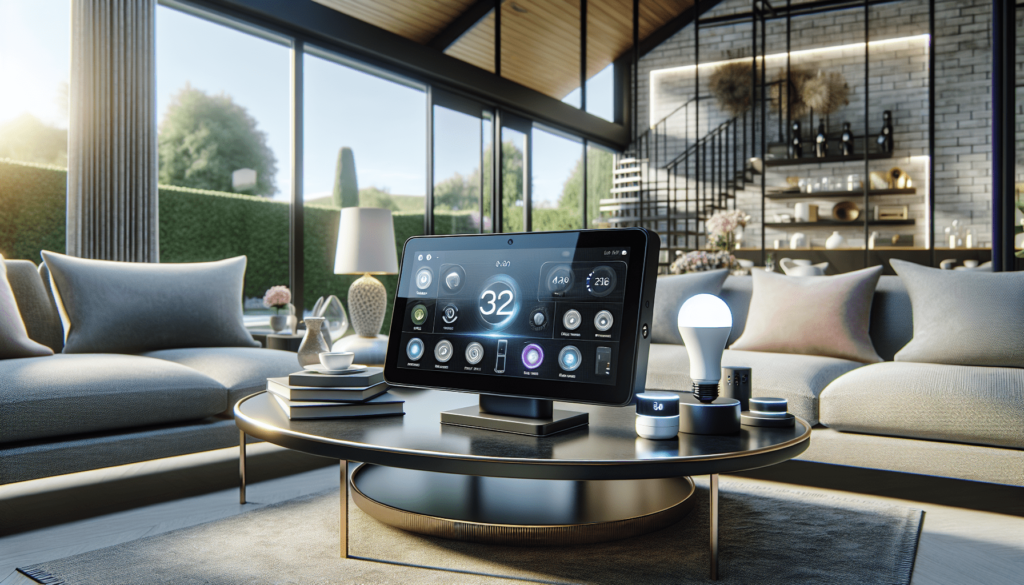
Security and Privacy Factors
Adding technology to your home raises important questions about security and privacy.
Potential Risks
Smart home devices, being connected to the internet, can be vulnerable to hacking. Unauthorized access could potentially lead to privacy breaches or control over your devices. Staying informed about these risks is vital.
Safety Features and Best Practices
To mitigate risks, implement strong, unique passwords and routinely update your device firmware. Consider devices with end-to-end encryption, and rely on trusted manufacturers known for security-conscious products. Additionally, scrutinize permissions and only grant necessary access to apps and services.
Energy Efficiency and Sustainability
Embracing smart home technology is a step toward more sustainable living.
Reducing Energy Consumption
Devices like smart thermostats and lighting systems optimize energy use by automatically adjusting settings based on patterns and occupancy. For instance, they can turn off lights in unoccupied rooms or lower heating when no one is home, reducing wasted energy.
Environmental Impact
By decreasing household energy consumption, smart homes contribute positively to environmental sustainability. Reduced energy demand means less reliance on fossil fuels and a smaller carbon footprint. This not only helps the planet but also appeals to environmentally conscious buyers interested in sustainable living options.
Compatibility and Connectivity
To create a seamless smart home experience, understanding device compatibility and connectivity is essential.
Interoperability
Smart devices should work well together, regardless of brand or platform. Features like compatibility with major hubs (e.g., Amazon Alexa, Google Home, Apple HomeKit) ensure that diverse devices can be easily integrated.
Connectivity Solutions
Robust Wi-Fi coverage is crucial for device performance. Investing in a mesh network or Wi-Fi extenders can help maintain strong, consistent connectivity throughout your home.
Future-Proofing and Innovation
As technology rapidly evolves, future-proofing your smart home setup ensures long-term value and utility.
Emerging Trends
The smart home market is continuously expanding with advancements like AI-driven appliances, enhanced voice assistant capabilities, and even smart furniture. Keeping abreast of these trends will help you choose devices that remain relevant and useful over time.
Tips for Staying Updated
Subscribing to tech review channels, attending smart home expos, and participating in online developer forums can keep you informed about the latest innovations and upcoming products. This proactive approach ensures that your smart home remains on the cutting edge.
Conclusion
The integration of smart home technology is much more than a fleeting trend; it’s a transformative approach to adding convenience, safety, and energy efficiency to our daily lives. For real estate investors and homeowners alike, smart devices not only enhance living experiences but also hold the potential to increase real estate value in a dynamic market. By thoughtfully selecting, installing, and maintaining smart solutions, you can enjoy a more connected and efficient home, while potentially reaping financial benefits from your investment. Whether you’re eager to add a touch of modern convenience to your daily routine or boost your property’s market appeal, smart home technology offers a bright pathway forward.

